Ever settled in for a movie night only to find yourself squinting at the screen or battling annoying glares? It turns out that getting the lights just right can make or break your time watching TV and movies. You can't just turn down the lights and go to sleep. Good lighting does a lot of important things, like setting the right scene and keeping your eyes happy while you watch a lot of TV. This guide will show you how to arrange the lights in your home leisure area so that it looks great. These tips will help you improve your movie-watching skills and make every movie you watch more enjoyable, no matter how often you do it or how much you love movies.
How Does Lighting Shape Your TV and Movie Experience?
Bright rooms wash out your screen colors
Have you ever thought about how your TV looks different in the day and at night? If you're in a bright room, the light from the room will fight with your screen, making colors look duller and contrast lower. It can be hard to see in dark places, and you may have to squint to make out details. If you watch TV during the day, lowering the lights or putting up shades can really make the picture stand out.
It can be hard on the eyes to be in dark places
You might think it's best to watch in complete darkness, but it can make your eyes tired more quickly. Your pupils work extra hard because the screen is so bright and the room is so dark. This can make you tired and give you headaches, especially if you watch for a long time. Adding some soft, background light to the room can make it more comfortable to watch.
The right lighting enhances immersion
When the lights are right, you can feel like you're in on the action. Using lights that fit the overall color tone of what you're watching (cool for underwater scenes, warm for desert scenes, etc.) can make your room feel like the movie. This effect is most obvious in scary movies or intense dramas, where the right lighting can really make the mood stronger.
Glare and reflections can ruin the mood
If you don't place your lights correctly, they can shine annoyingly on your screen. This is especially true for new flat-screen TVs, which can look like mirrors when the lighting isn't right. It can be really painful for your eyes to look at things on the computer when there is glare. You can avoid these problems by carefully placing your lights, so you can enjoy the show.
Shop Our Premium Lighting Collection
Explore our hand-selected bestsellers featuring crystal chandliers, pendant lights, wall scones and authentic alabaster stone:
What Are the Best Lighting Options for Your Home Theater?
| Lighting Type | What It Does | Quick Tip |
| Ambient Lighting | Gives a gentle glow that keeps everything visible without a glare on the screen. | Stick with dimmable LEDs around 2700K-3000K for a warm, relaxing vibe that won't clash with your show colors. |
| Task Lighting | Provides light right where you need it, so you can grab snacks or read without missing a beat. | Opt for lights that focus where you aim them, and consider motion sensors for convenience. |
| Bias Lighting | Adds a light behind your screen to cut down on eye strain and make visuals pop. | Choose a neutral 6500K LED strip for true-to-life colors on your screen backdrop. |
| Smart Lights | Bulbs you can control for brightness and color, perfect for setting the scene with a tap or command. | Create "scenes" like 'Movie Mode' to adjust your room's ambiance instantly for different viewing experiences. |
| Starry Ceiling Lights | Transforms your ceiling into a twinkling night sky for an extra wow factor. | Look for kits with the actual light hidden away to keep your theater room quiet and serene. |
1. Soft, all-around lighting sets the mood without blocking the view.
Ambient lighting is perfect for creating the perfect movie-watching environment. It gives off a soft, even glow that makes your eyes feel better without competing with your TV. You could put adjustable LED strips along baseboards or crown molding, or you could put them behind furniture. Also, wall lamps with frosted glass can do great things. It's important to keep the light soft and spread out evenly.
Pro tip: To make a relaxing environment that doesn't affect the colors on your screen, look for "warm white" LEDs with a color temperature of around 2700K to 3000K.
2. Task lighting lets you move around safely without ruining the mood
Task lighting makes sure you can move around safely or read without having to turn on bright ceiling lights. Ambient lighting sets the mood for the whole room. You could put small reading lamps that can be adjusted near places to sit or step lights along paths.
Pro tip: To cut down on light spill, choose lights with a centered beam. Some even have motion monitors built in, which is great for those quick trips to the snack bar!
3. Bias lighting reduces eye strain and enhances perceived picture quality
To use bias lighting, put a light source behind the screen of your TV or projector. This method lowers the contrast between your bright screen and the dark room, so your eyes won't get tired after long watching sessions. It can also make colors stand out more and blacks look darker.
Pro tip: Pick a 6500K (cool white) LED strip for the best outcomes. This color is neutral, so it won't change how you see colors on the screen.
4. Color-changing smart lights let you easily switch up your room's look
Smart lights make it easy to change the lighting for different occasions, like when you're watching a movie, sports, or just TV for fun. You can change colors and lighting levels without getting up from your seat if the app lets you or if you can use voice commands.
Pro tip: Set up different "scenes" in the app for your smart bulb for different tasks. One scene from "Movie Night" might have all the lights turned down to 20% and set to a warm tone.
5. Starry ceiling lights bring the night sky indoors for extra wow
For a truly immersive experience, consider a fiber optic star ceiling. These kits create a twinkling star effect on your ceiling, adding a magical touch to your viewing area without causing any glare on the screen.
Pro tip: Look for setups that have a separate box for the light source. This lets you put the light generator outside the movie room, where it won't be able to bother anyone with noise.
Where to Put Your Lights for the Best Viewing
Ever feel like you're playing a game of lighting Tetris when setting up your TV room? You're not alone. Just putting your lights in the right places can make or break your entertainment. Even though it's not hard, it helps to know a few things.
Behind the TV
Putting lights behind your TV can make it much more enjoyable to watch. A method called bias lighting makes a soft glow around your screen that makes the picture look better and makes your eyes feel less tired. Pick LED strips that are made for TVs and put them on the back of your TV. To keep the colors true, aim for a clear white light. This can make those long movie sessions a lot easier on your eyes by giving off soft light.
On the sides
Putting lights on either side of your TV is a great way to add light without making it too bright. If you put floor lamps or wall sconces at 45-degree angles to your screen, they can give you even, indirect light. This setup gives the room a nice amount of light while keeping TV shadows to a minimum. It also gives the room a balanced, symmetrical look that can improve its general look.
Above but angled
If you're using ceiling lights, move the ones that can be adjusted away from your TV. You can direct recessed or track lighting to light up the edges of the room instead of shining straight on your screen. This method keeps the room bright overall while avoiding the strong glare that comes from lighting that shines straight down.
Below eye level
Think about lighting choices that are low-profile and placed below eye level. You can get a cozy glow from under-cabinet lights in entertainment centers, table lamps on side tables, or even floor lighting that doesn't get in the way of the TV. These lower-level light sources give the room depth and can make your watching area feel more like a movie theater.
Behind the viewers
Putting lights behind your seats can make a big difference. This position lets in a lot of light without putting the screen at risk of glare. You can fill the ceiling with soft light from a tall floor lamp behind the couch or wall-mounted uplights. This will make the room feel nice without competing with your TV. This setup is especially good for keeping your eyes from getting tired after long periods of watching.
What Lighting Mistakes Should You Avoid for Better TV Viewing?
We all want to enjoy our TV time as much as possible. But the way our rooms are lit can sometimes ruin the perfect watching experience. Here are some light mistakes that people often make and how to fix them so you can watch your favorite shows and movies without having to deal with annoying glare or eye strain:
Mistake 1: Relying too much on overhead lights
It's great to have overhead lights for daily tasks, but they mess up your TV time. They can cast sharp shadows that make it hard to see what's on the screen, especially when it's dark. They may also make your eyes tired more quickly. You could turn these bright lights off and use softer lamps or lighting that comes from around the room instead. It will be good for your eyes.
Mistake 2: Using bright lights right behind the TV
It might look cool to put a bright light behind your TV, but it can actually make it less enjoyable to watch. It might make the picture look less clear and give off an annoying glow around your TV. Lights that are soft and spread out, like LED strips made for this reason, are best for putting behind your TV. They'll give off a soft, nice glow that won't hurt the quality of the picture.
Mistake 3: Placing lights directly in front of the TV
When you put lights in front of or across from your TV, they can make the screen bounce and glare, which is not fun. Things can get hard to see and colors can look washed out. This is very hard to do if your TV screen is shiny. So that doesn't happen, try putting your main lights on the sides of the TV area. Get lights that aren't too bright or ones that you can turn down. Also, if your TV is across from a window, you might want to use blinds or curtains to block the sun during the day.
Mistake 4: Forgetting about light from other rooms
Light from other rooms in the house can get into your TV room and make things worse. When doors or halls are open, light can come in and make the lighting or reflections look different than you would expect. In order to fix this, look for any holes or cracks that could let in extra light. To keep the light where you want it, you could use door draft stoppers or hang curtains in the doorways. This will help make the watching experience more realistic, almost like being in your own home theater.
Lights, Camera, Action: Set Up Your Perfect TV Viewing Room
It's easier than you think to set the right mood for TV and movie nights. You need to find the spot where your eyes are happy, the picture looks great, and the room feels just right. Change the lights and where they are placed until you find the best one. You might stick with simple lamps, or you might try smart bulbs that change based on your mood. No matter what you pick, the point is to make your watching area your own. Try new things, make changes, and most of all, enjoy the process.

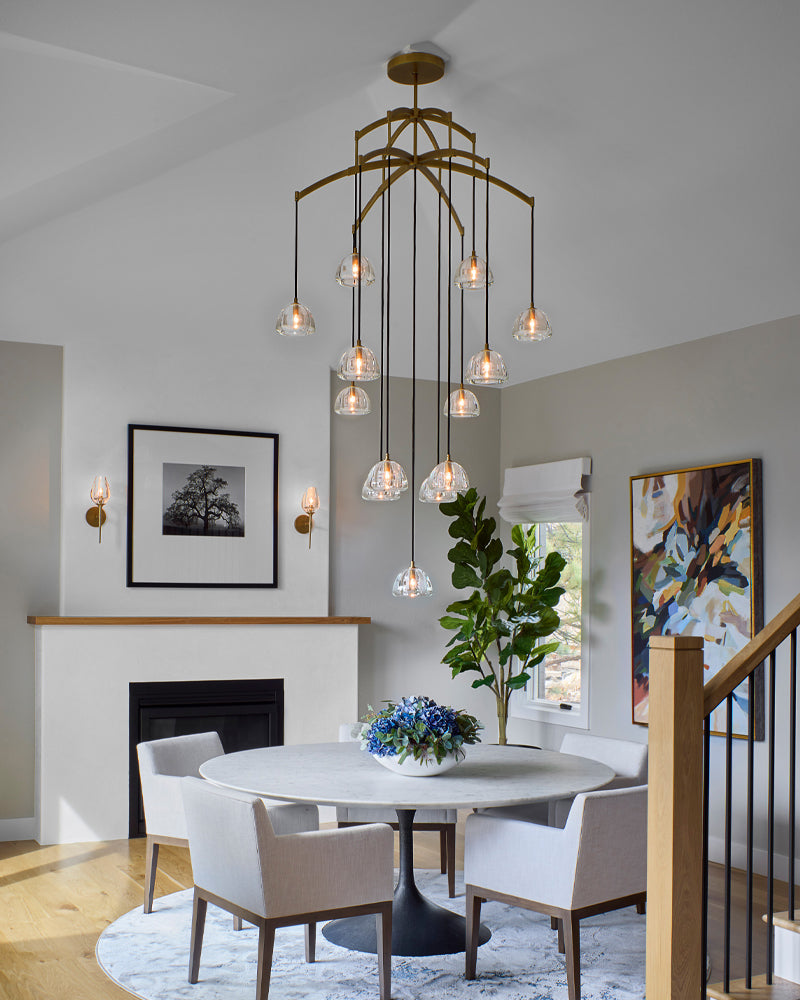
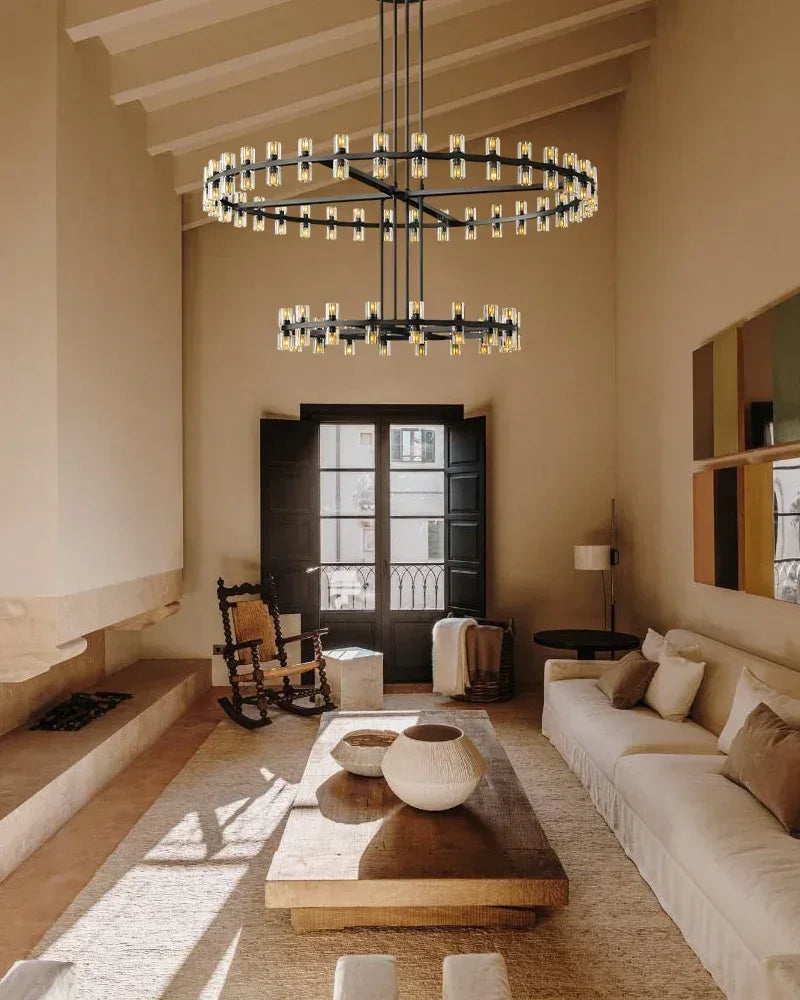
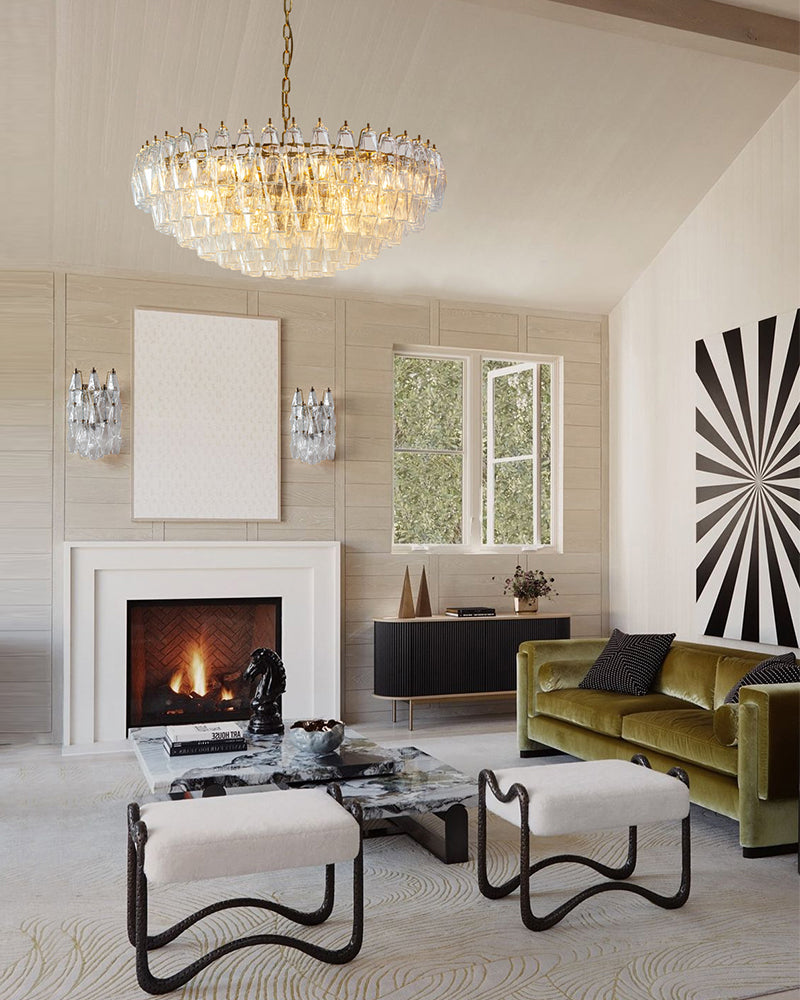
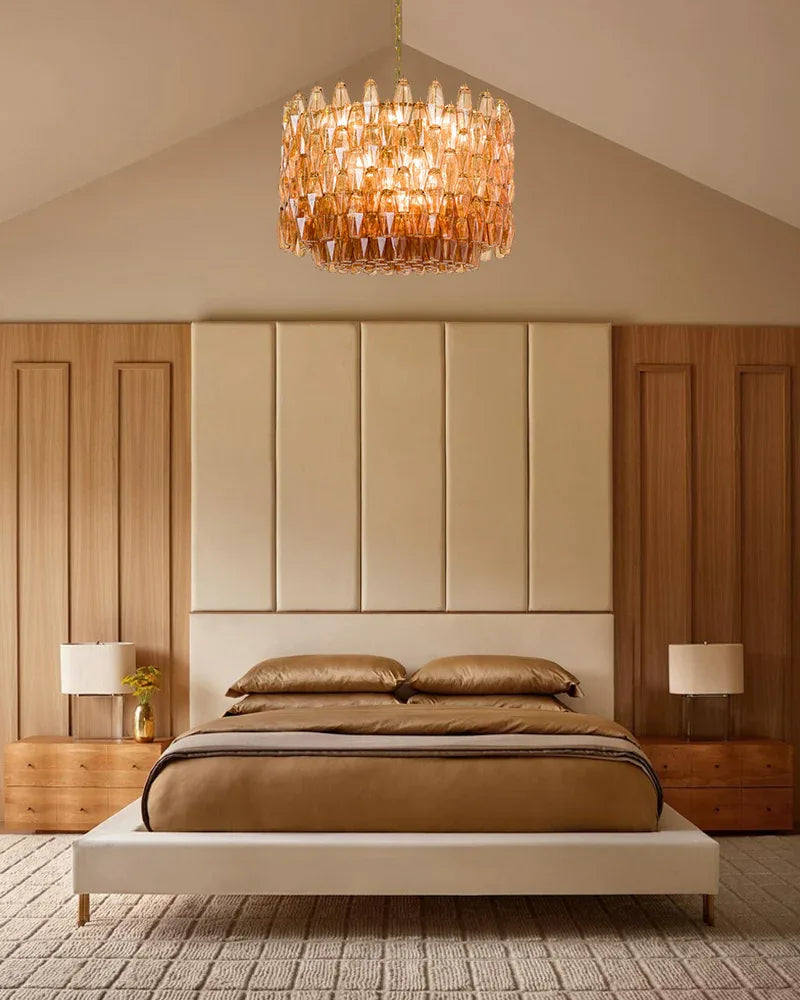
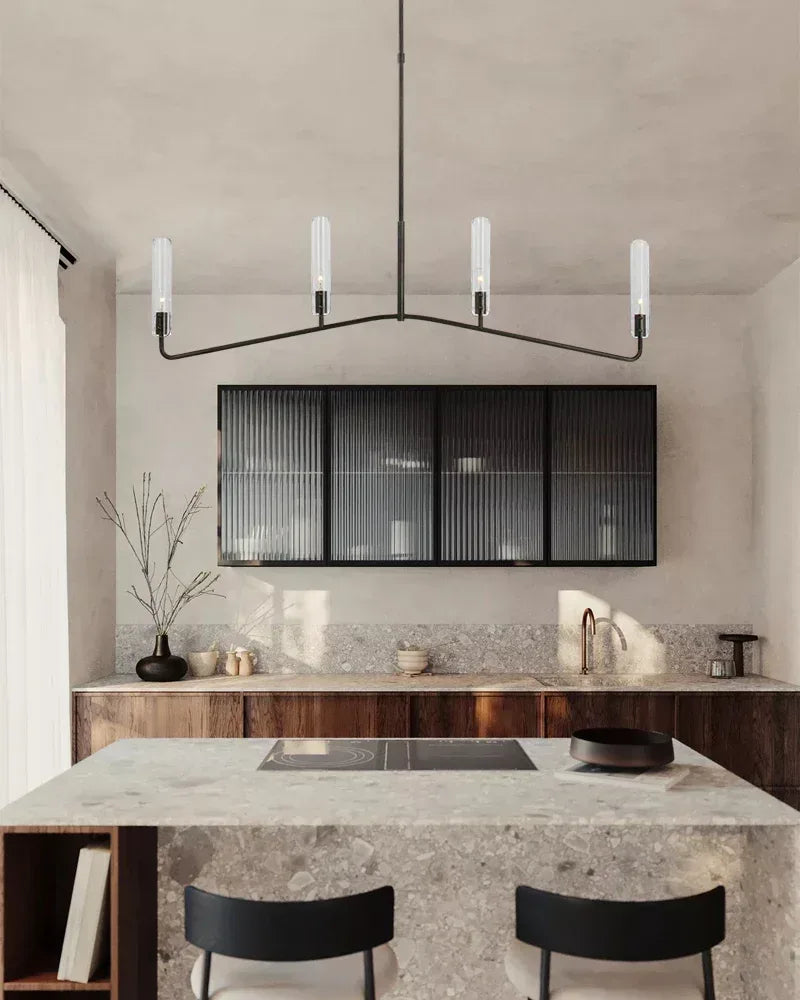
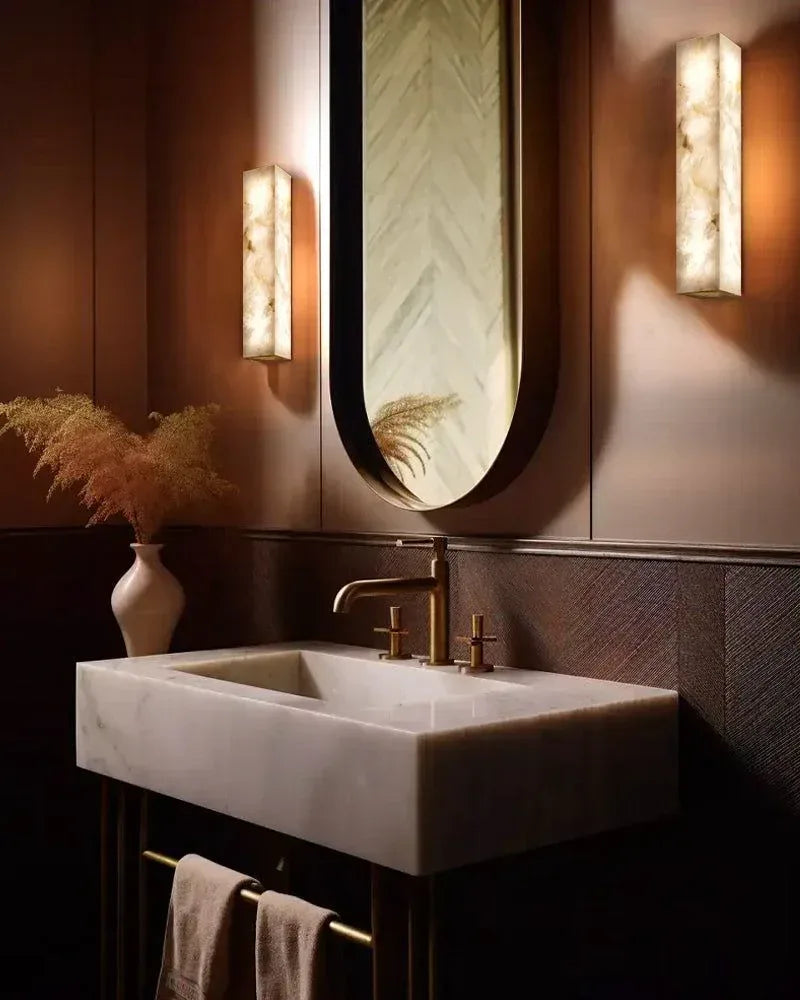

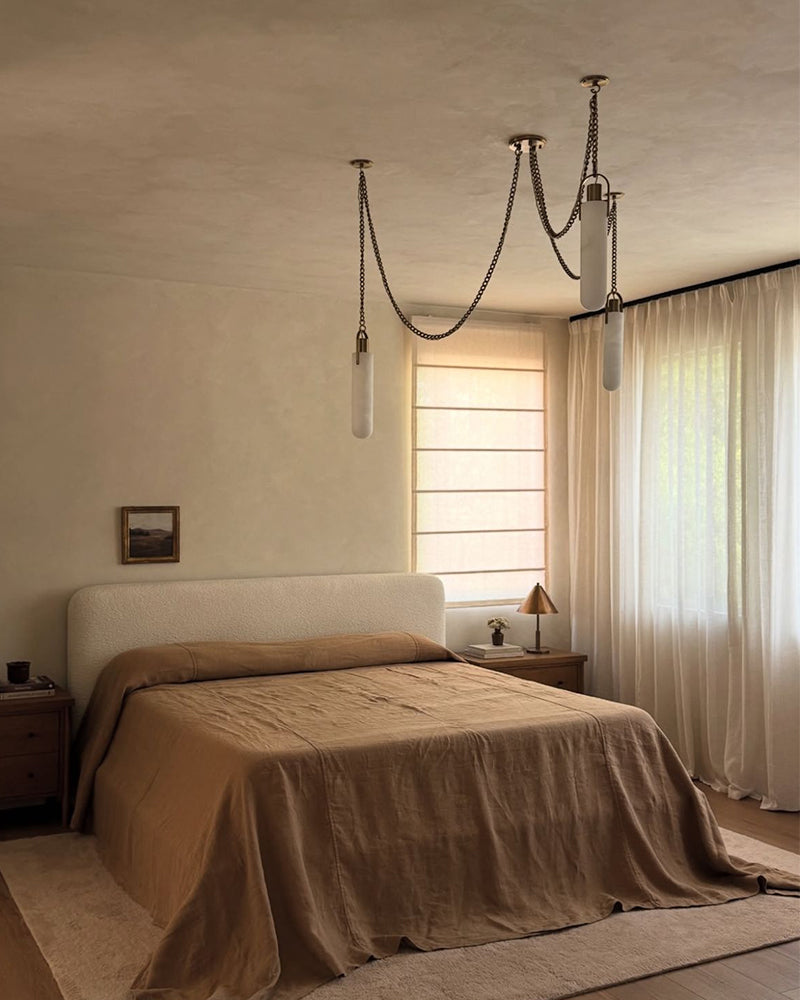
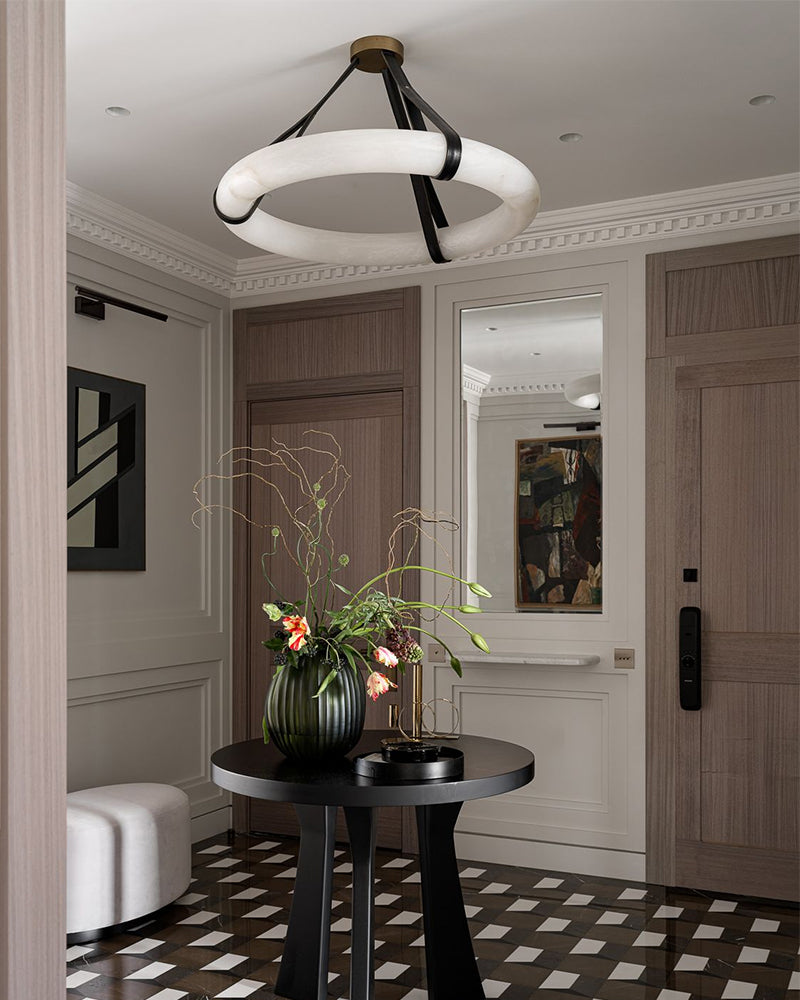
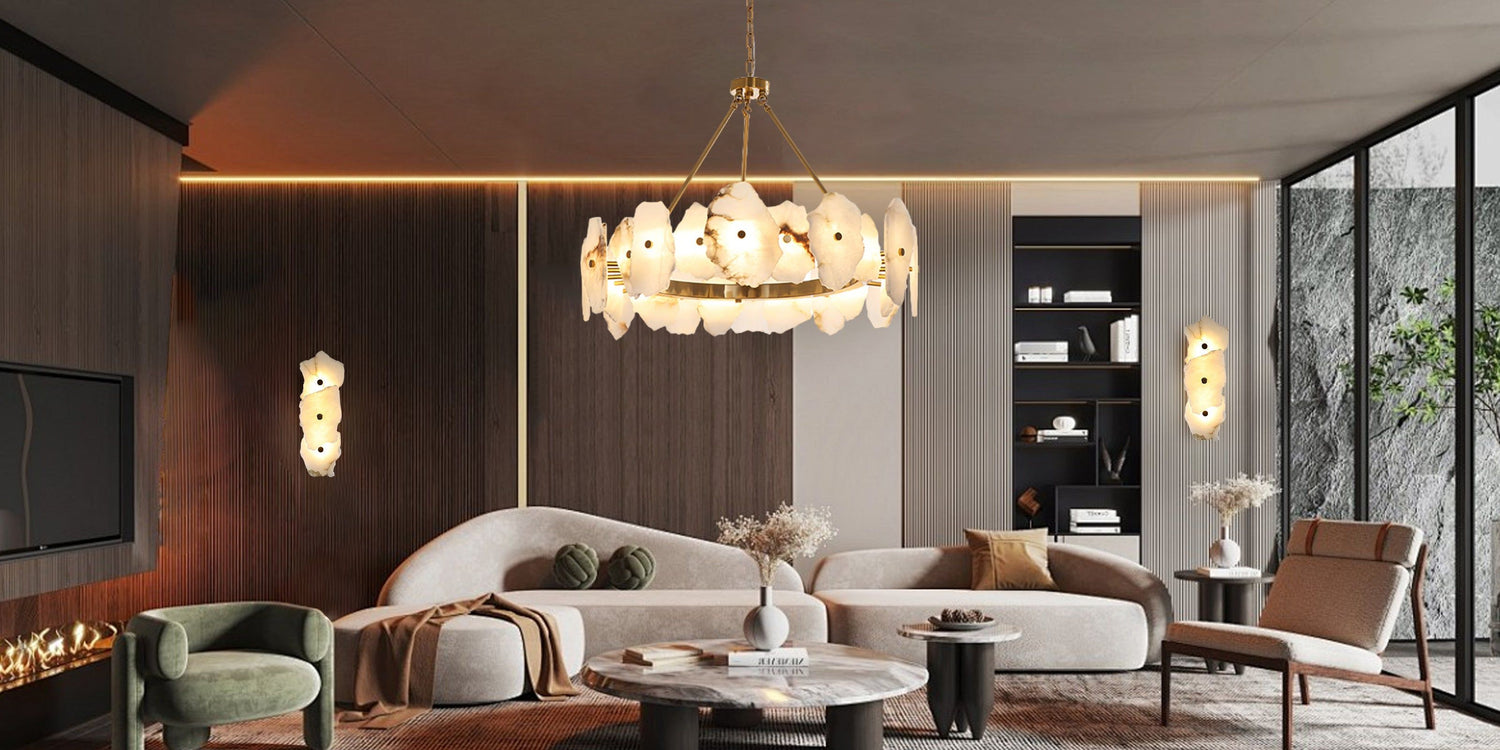
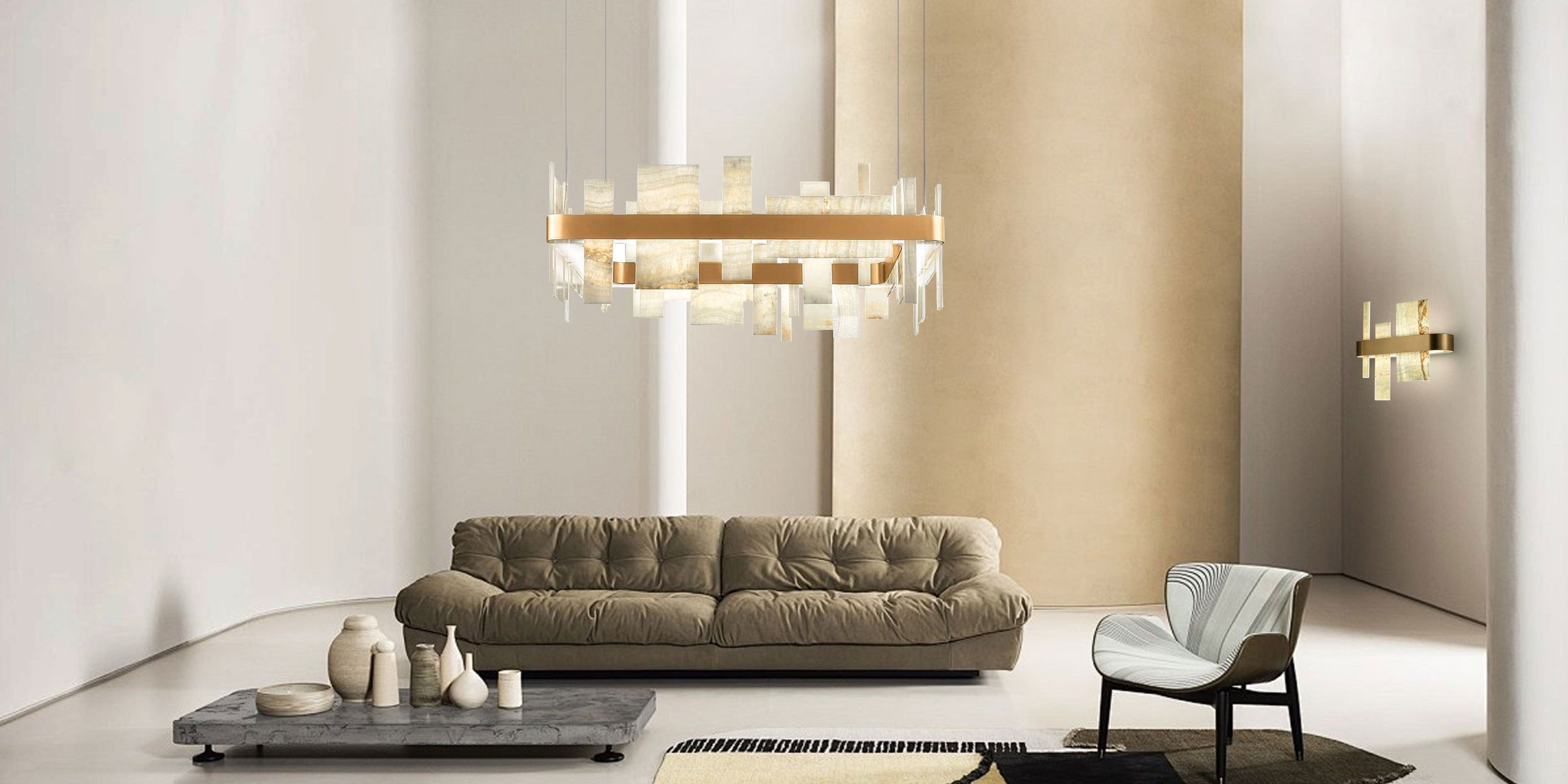
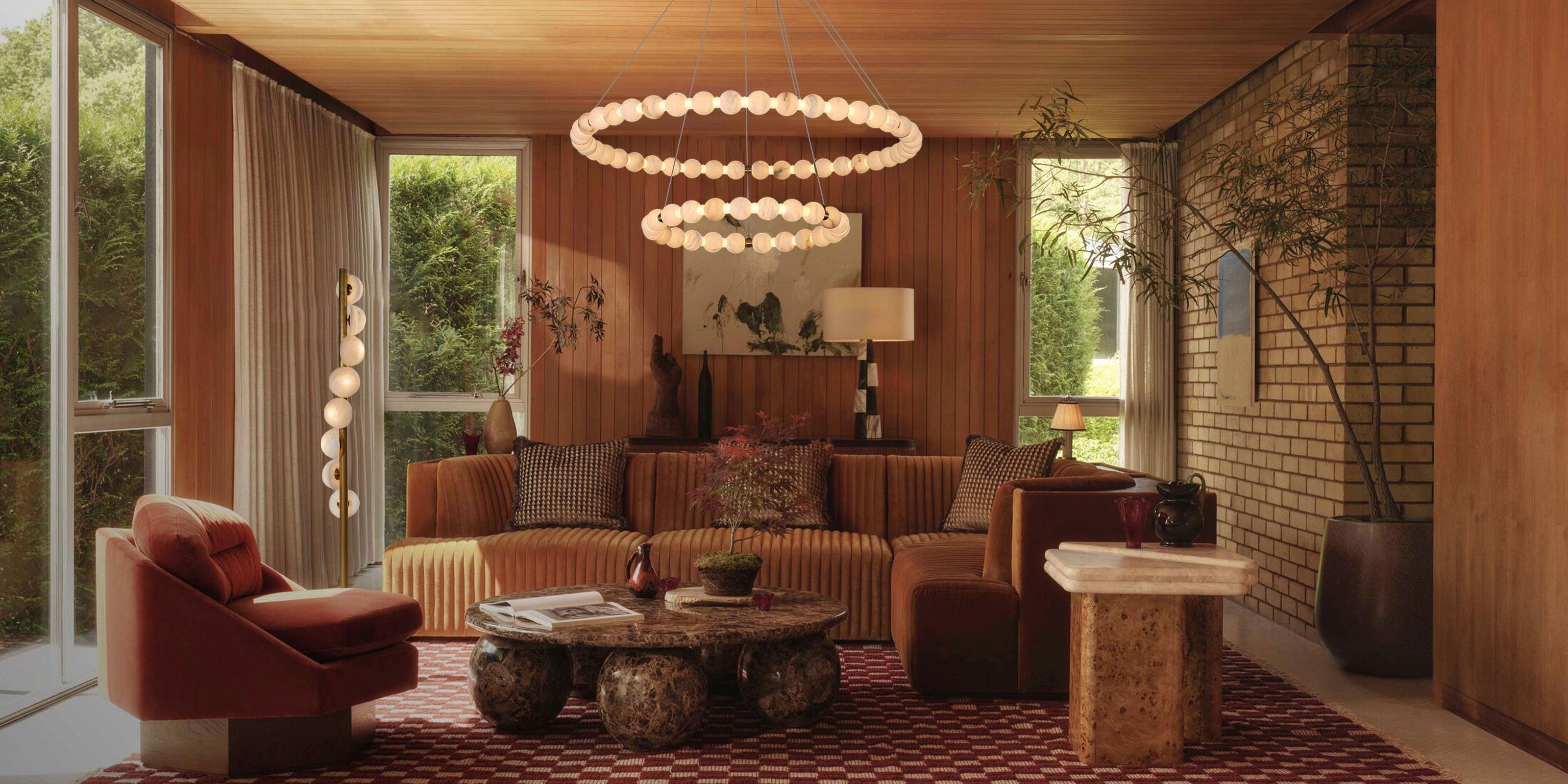
Leave a comment
This site is protected by hCaptcha and the hCaptcha Privacy Policy and Terms of Service apply.